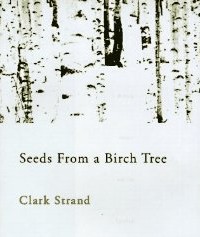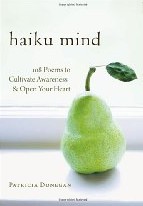 Modern Haiku.
Modern Haiku.
 The Heron's Nest.
The Heron's Nest.
 Roadrunner e-magazine.
Roadrunner e-magazine.
 Join.
Join.
 GEPPO magazine.
GEPPO magazine.
 Annual anthologies.
Annual anthologies.
 Toward an Aesthetic for English-Language Haiku by Lee Gurga.
Toward an Aesthetic for English-Language Haiku by Lee Gurga.
 2004 Pescadero Haiku Weekend Workshop (including exercises) with Christopher Herold.
2004 Pescadero Haiku Weekend Workshop (including exercises) with Christopher Herold.
 Highlights of Poetry.
Highlights of Poetry.
 Index of poetry.
Index of poetry.
 How to Write Poetry.
How to Write Poetry.
 Books read.
Books read.
 Haibun.
Haibun.
 Haiku.
Haiku.
 Hay(na)ku.
Hay(na)ku.
 Rengay.
Rengay.
 Tanka.
Tanka.
 Ballade.
Ballade.
 Concrete.
Concrete.
 Ghazal.
Ghazal.
 Lai.
Lai.
 Pantoum.
Pantoum.
 Prose poem.
Prose poem.
 Rondeau.
Rondeau.
 Rubáiyát.
Rubáiyát.
 Sestina.
Sestina.
 Skaldic verse.
Skaldic verse.
 Sonnet.
Sonnet.
 Terza rima.
Terza rima.
 Triolet.
Triolet.
 Tritina.
Tritina.
 Villanelle.
Villanelle.
 Bashō.
Bashō.
 Claire Gallagher.
Claire Gallagher.
 Clark Strand (haiku and essays).
Clark Strand (haiku and essays).
 J. Zimmerman.
J. Zimmerman.
 J. Zimmerman (haiku).
J. Zimmerman (haiku).
 J. Zimmerman (tanka).
J. Zimmerman (tanka).
 Jane Hirshfield.
Jane Hirshfield.
 Kay Ryan.
Kay Ryan.
 Kay Ryan's style.
Kay Ryan's style.
 Kay Ryan The Best Of It: New and Selected Poems.
Kay Ryan The Best Of It: New and Selected Poems.
 Marianna Monaco.
Marianna Monaco.
 Ouzel (James Arnold).
Ouzel (James Arnold).
 Patricia J. Machmiller.
Patricia J. Machmiller.
 Shiki.
Shiki.


|
The Haiku Seasons: Poetry of the Natural World
by William J. Higginson. A classic. |

|
Writing and Enjoying Haiku: A Hands-On Guide (2003)
by Jane Reichhold, whose many skills include a keen sense for the writing and appreciation of haiku. Guidelines on writing haiku and related forms. |

|
Seeds from a Birch Tree: writing haiku and the spiritual journey (1997)
by Clark Strand, teaches by example about writing haiku through being present and not being effortful. |
